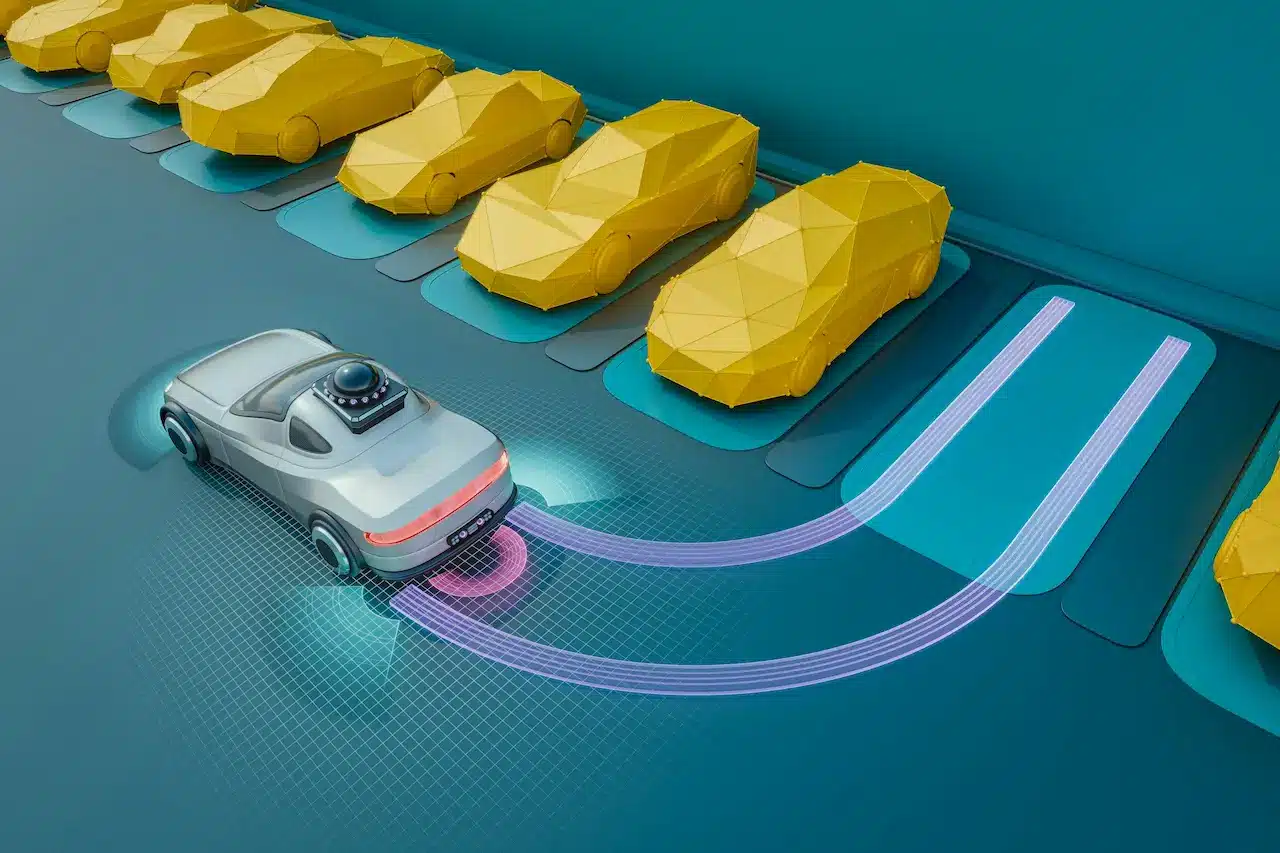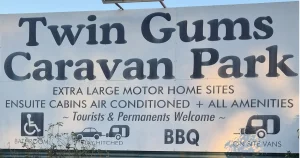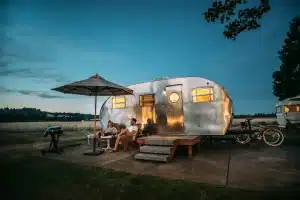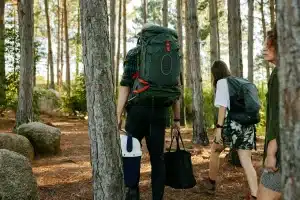Simple Tips to Nail Reverse Parking on Your Road Trips
Road trips are one of the absolute best ways to explore Australia. Sunny, diverse, and friendly, there’s something magical about discovering the country, be it Queensland’s sun-soaked coastlines or hidden inland towns. But let’s be honest—while long drives are fun, parking at busy spots along the way is definitely not. Narrow car parks, busy beach towns, and caravan-friendly campsites demand careful manoeuvring. This is where reverse parking comes in. Mastering it saves stress and makes your stops smoother and safer.
Why Reverse Parking Matters on Road Trips
Ever pulled up at a crowded lookout and wished you could just slide into a spot without the circus? That’s the beauty of reverse parking. It keeps your exits simple and gives you more control when spots are tricky. Even a little confidence behind the wheel saves time and stress, especially after hours on the road. But you must have wondered, “How do I reverse park?”
Even a bit of confidence in reversing can turn a stressful moment into a simple, calm manoeuvre.

Know Your Vehicle
Before heading out, familiarise yourself with your car. How long is it? How wide? Where are the mirrors? Knowing these details helps you judge gaps when parking. Hatchbacks, SUVs, and campervans all behave differently. Adjust your mirrors so you’ve got clear views all around. It sounds basic, but missing this step is the fastest way to a tense park.
Choosing the Right Spot
It is crucial to choose your spot wisely. Find a space that has ample space for the car. Avoid tight spaces until you become more confident. It is far easier to manoeuvre around in a larger space without the fear of knocking another vehicle or structure. When you find a suitable spot, indicate your intention to park.
The Reverse Parking Step-by-Step
Reverse parking doesn’t have to feel impossible. Here’s a simple approach you can follow:
- Position the car: Line up next to the vehicle in front of the spot, leaving some room.
- Use reference points: Your rear tyres, bumper, or car park lines can guide you. Mirrors and cameras are helpful if your car has them.
- Go slow: No need to race. Slow movements give you time to adjust.
- Turn at the right moment: Start steering when your rear aligns with the edge of the space. This angle makes entry easier.
- Check blind spots: A glance ensures nothing sneaks up on you.
- Adjust as needed: Small corrections beat frantic swerves.
With practice, it becomes second nature. Even a tiny session in an empty car park before hitting the road can make a world of difference.
Inland Adventures and Parking Challenges
The inland is quieter, but don’t assume parking will be easy. Small cafés, bush camps, or lookouts might have limited room. Proper reverse parking protects your vehicle from ruts or rocks, even on empty dirt roads. It also makes getting out smooth, which is handy when your next stop is calling.
Safety and Awareness
Road trips are fun, but safety comes first. Long drives can be tiring. Stop regularly, stretch your legs, and grab a coffee. Keep an eye on your surroundings, especially wildlife like kangaroos or wallabies. Reversing with awareness isn’t just about avoiding scratches—it’s about staying safe.

Making Parking Stress-Free
Stress makes parking harder. Take a deep breath, look around, and visualise the space. One calm approach beats multiple rushed attempts. Even seasoned drivers benefit from pausing before backing in, especially after a long day of driving.
Practice Makes Perfect
The more you practice, the more confident you will become. Before your trip, try a few sessions in quiet car parks. Learn how your car reacts, determine your reference points, and get used to minor steering corrections. These skills are invaluable when arriving at busy spots or scenic lookouts.
Final Thoughts
Road trips are about freedom, adventure, and discovering new places. But small skills like reverse parking make the journey smoother. Whether it’s a crowded beach town, a hidden café in the hinterland, or a bush campsite, being confident when reversing reduces stress and keeps everyone safe.
With calm focus, steady control, and regular practice, reverse parking will soon become second nature. So next time you’re exploring Queensland’s coast or winding inland roads, slide into any spot smoothly and with calm confidence. Believe in yourself, embrace the call of the wild, and soak in the breathtaking views. Also, remember that every stop is part of a discovery and experience.




